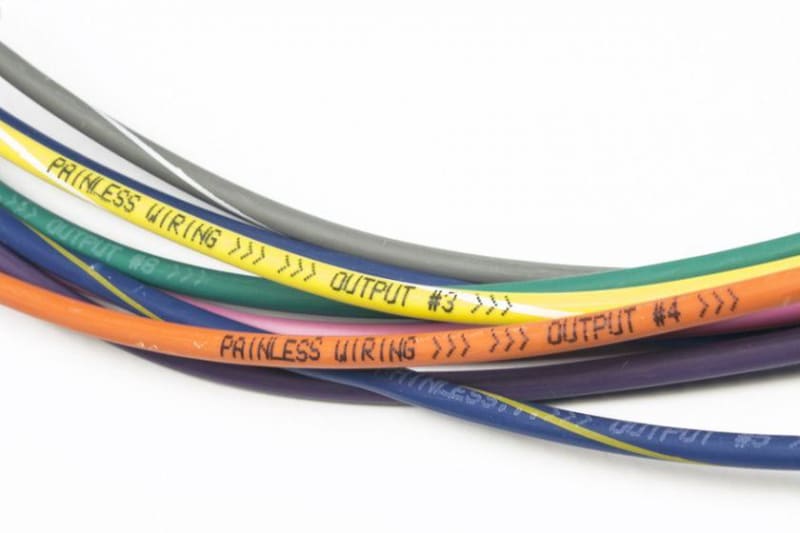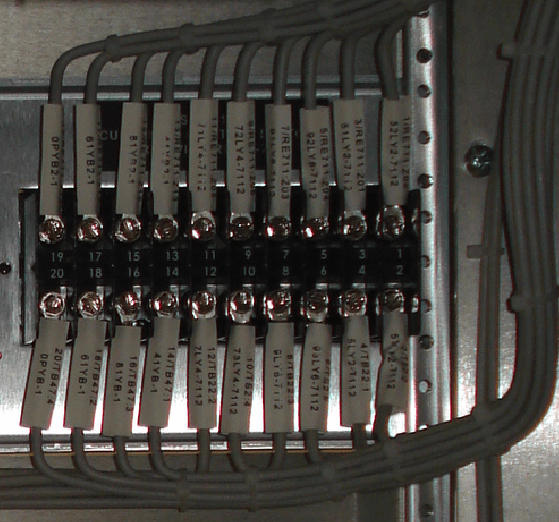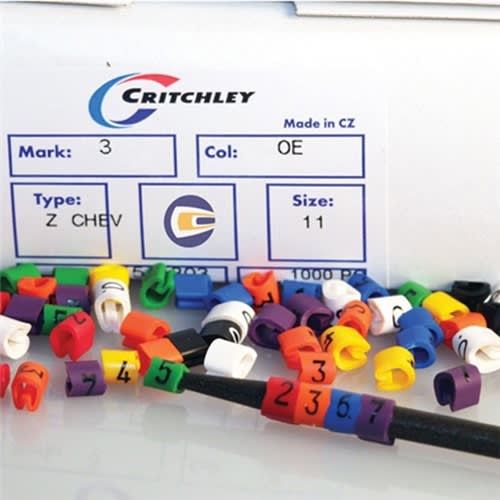thread248-226716
An answer to this.
i think there is only one correct way and a very good reason why.
MOD standards were always to read from termination end.
very simple and very obvious reason why!
to avoid any confusion in reading it.
if colour coded numbers are used you can read the colours. you always read from end of wire. so 123 would be brown, red, orange if you read it wrong it would then become 321.
or with black on white numbers you would know 99 is not 66.
An answer to this.
i think there is only one correct way and a very good reason why.
MOD standards were always to read from termination end.
very simple and very obvious reason why!
to avoid any confusion in reading it.
if colour coded numbers are used you can read the colours. you always read from end of wire. so 123 would be brown, red, orange if you read it wrong it would then become 321.
or with black on white numbers you would know 99 is not 66.



![[curse] [curse] [curse]](/data/assets/smilies/curse.gif)
![[evil] [evil] [evil]](/data/assets/smilies/evil.gif)
